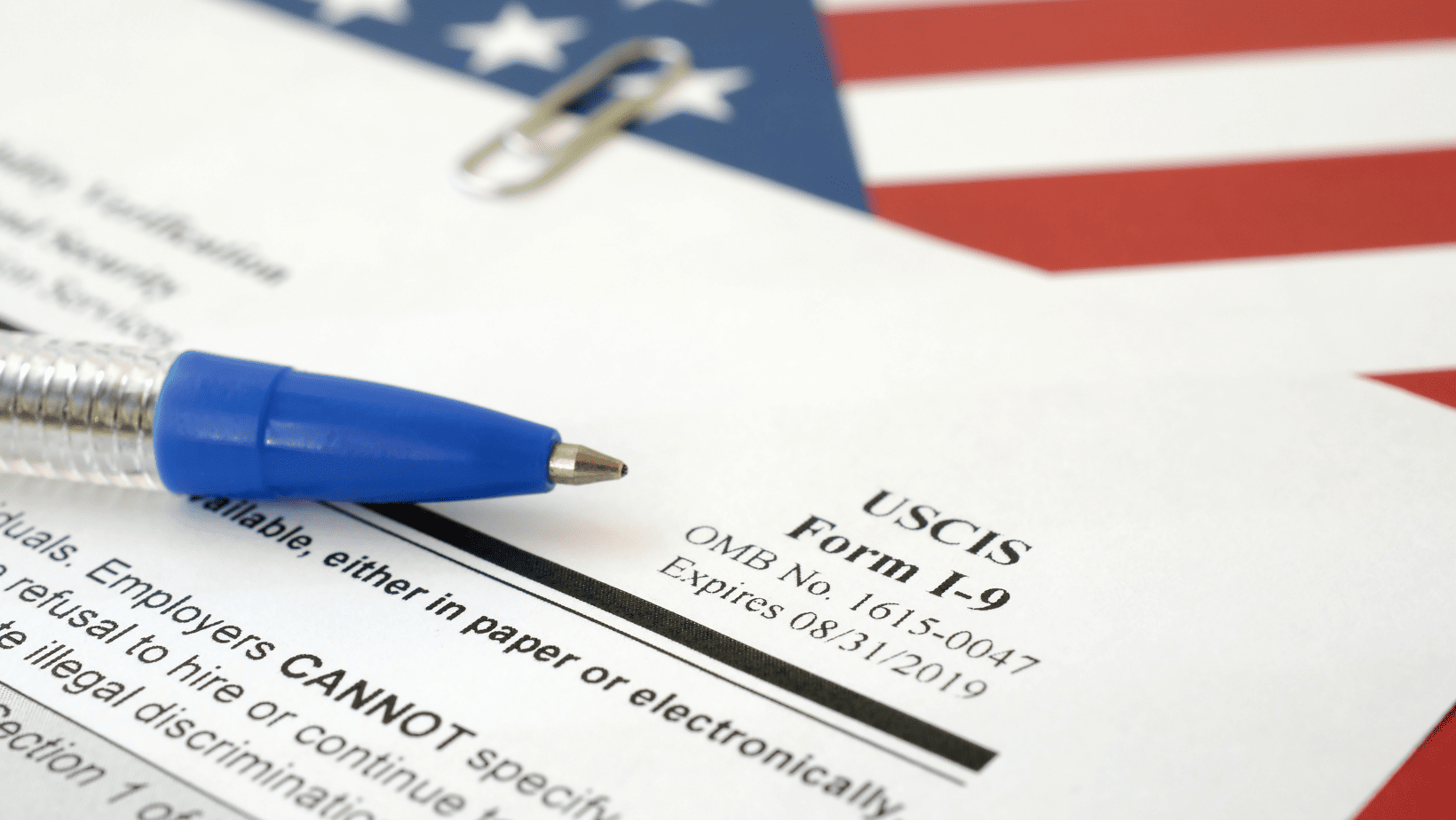While an I-9 Self Audit is not mandated by law, it is employed by organizations as a best practice to help manage I-9 compliance. The purpose is to find I-9s that are incomplete, missing or have unresolved issues. With just 3 days notice before an inspection, it is advised companies correct all issues by conducting an internal audit.
Criminal investigations, business audits, and arrests by U.S. Immigration and Customs Enforcement (ICE) Homeland Security Investigations (HSI) special agents and auditors surged in the fiscal year 2018 compared to the previous year. In the fiscal year 2018, HSI opened 6,848 worksite investigations compared to 1,691 in FY17; initiated 5,981 I-9 audits compared to 1,360; and made 779 criminal and 1,525 administrative worksite-related arrests compared to 139 and 172, respectively; all of these categories surged by 300 to 750 percent over the previous fiscal year.
Monetary penalties for knowingly hiring and continuing to employ violations range from $573 to $20,130 per violation, with repeat offenders receiving penalties, at the higher end. Penalties for substantive violations, which include failing to produce a Form I-9, range from $230 to $2,292 per violation. In determining penalty amounts, ICE considers five factors: the size of the business, good-faith effort to comply, the seriousness of violation, whether the violation involved unauthorized workers, and history of previous violations.
Listed below are a few pointers to help you conduct an I-9 Self Audit.
-
Prepare a list of employees (currently and previously employed) since Nov 6, 1986
The Immigration and Nationality Act (INA) details employment eligibility verification provisions of the IRCA. The Immigration Reform and Control Act (ICRA) prohibits employers from engaging and recruiting persons who do not have work authorization in the US. It is mandated that employers verify the identity and work authorization paperwork, and complete a Form I-9 of all hires since November 6, 1986.
-
Gather all Form I-9 documents of employees (currently and previously employed) since Nov 6, 1986
The most important step while conducting an I-9 audit would be to gather up all I-9s. This will give you an idea of whether there are any missing forms, help you better organize those with incorrect information, and give direction on what steps are to be taken. Once all the I-9s are rounded up make two files of I-9s as follows: I-9s for current employees & for terminated employees. Priority should be placed on looking at the I-9s of current employees. Review existing I-9s with the employee list to find out if any employee has missed filling the I-9. Also, each I-9 should be checked individually to ensure that the data entered is correct. The lowest priority will be handling the I-9s of terminated employees. You should review each I-9, both electronic and paper-based, to make sure that they are completed properly.
-
Obtain I-9s for current employees who are missing I-9s
Identify all who have missing I-9s, call those employees individually and make sure that their I-9s are completed. Current dates should be used when completing the I-9 form. The date of hire is the employee’s actual date of hire. You will want to write a short memo to attach to the I-9 explaining that when the audit was performed, there was no I-9 on file and the employee completed the I-9 at the time of the audit. All employees hired on or after Nov 6, 1986, and who do not have an I-9 on file will need to bring documentation from List A or Lists B and C of Form I-9.
-
Utilize the updated M-274 Handbook version
The M-274 Handbook issued by the U.S Citizenship and Immigration Services (USCIS) details section-wise instructions for completing Form I-9 to employers. As you work through each incorrect I-9, use the Handbook for Employers: Instructions for completing the Form I-9 to help you determine how to correct each error. Per the handbook: “The best way to correct Form I-9 is to line through the portions of the form that contain incorrect information, then enter the correct information, initial and date your correction. If you have previously made changes on Forms I-9 in White-Out instead, USCIS recommends that you attach a note to the corrected Forms I-9 explaining what happened. Be sure to sign and date the note”.
-
Analyze Guidance for Employer’s document
Guidance for employers by the Department of Homeland Security and the Department of Justice provides employers details for an I-9 Self Audit with guidance on the scope and discriminatory repercussions. The Department of Homeland Security Immigration Customs and Enforcement (ICE) and the Department of Justice Immigrant and Employee Rights Section (IER) published guidance is for employers who seek to perform their own internal Form I-9 audits to verify the employment eligibility of employees. This guidance is intended to help employers structure and implement self-audits in a manner consistent with the employer sanctions and anti-discrimination provisions of the Immigration and Nationality Act (INA), as amended 8 U.S.C. §§ 1324a, 1324b.
-
Remove I-9s that have met retention requirements
Form I-9s of former and terminated employees are to be retained for three years after the hiring date or one year after termination. Once an employee is terminated from employment, employers are required to retain I-9s for three years after the employee’s date of hire or for one year following his or her date of termination, whichever date is later. You may destroy all I-9s of terminated employees that are past their retention period.


